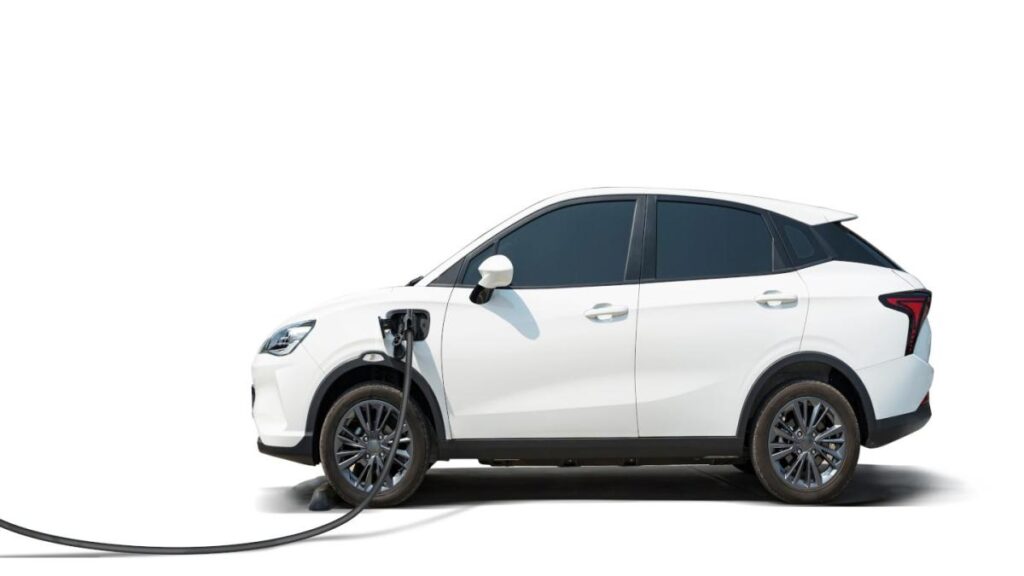In recent developments, China has instructed its automobile manufacturers to halt significant investments in European Union (EU) member countries that support the imposition of additional tariffs on electric vehicles (EVs) produced in China. This directive comes in response to the EU’s implementation of new tariffs that can reach as high as 45.3%, following a comprehensive year-long investigation. The latest measures were communicated during a meeting held by China’s Ministry of Commerce on October 10, where major Chinese automotive companies like BYD, SAIC, and Geely were advised to suspend their large-scale investment initiatives, such as setting up new manufacturing plants in EU nations endorsing the tariff.
The Chinese government’s decision to freeze some investments underscores its strategy to exert pressure in the ongoing negotiations with the EU concerning potential alternatives to these tariffs. This move is critical for China’s efforts to maintain its exports of EVs to a market where Europe represented a staggering 40% of its EV exports in 2023. As the situation stands, with the U.S. and Canada already imposing a complete 100% tariff on Chinese EVs, a downturn in European exports could exacerbate the existing issues of overcapacity that Chinese automakers currently face in their domestic market.
Italy and France, while actively soliciting investments from Chinese automakers due to their potential economic benefits, have expressed reservations. They are particularly concerned about the competitive threat posed by inexpensive Chinese EVs to their own domestic automotive industries. In the midst of this tension, state-owned automaker SAIC is in the process of identifying a suitable location for a new EV factory within Europe while also planning to set up a parts centre in France. Meanwhile, Italy is in discussions with other automakers, such as Chery and Dongfeng Motors, regarding possible investments, which indicates a mixed approach toward Chinese investment.
Amidst these developments, BYD, another prominent player in the Chinese EV market, is currently constructing a facility in Hungary and contemplating shifting its European headquarters to this location primarily for cost-related reasons. This reflects the broader context in which Chinese manufacturers are navigating their presence in Europe, balancing their investment plans against the geopolitical and economic challenges posed by the new tariff regimes.
Despite the confrontation over tariffs, there were recent efforts to foster dialogue; EU and China agreed to continue technical discussions about prospective alternatives to the tariffs imposed on Chinese-made electric vehicles. The European Commission has had eight rounds of technical discussions with Chinese officials, although officials have noted that there remain “significant remaining gaps” between both parties. This suggests that while there is interest in resolving the disputes amicably, substantial challenges still exist that could hinder progress in negotiations.
Overall, the situation places China at a crossroads, where its response to EU tariffs will likely influence future trade dynamics and the overall balance of automotive manufacturing power in the region. The move to exercise investment leverage reflects the high stakes involved for both Chinese automakers and European economies. As talks continue, the outcomes will shape not just the future of automotive investment strategies but also the broader landscape of international trade relations between China and the EU.

